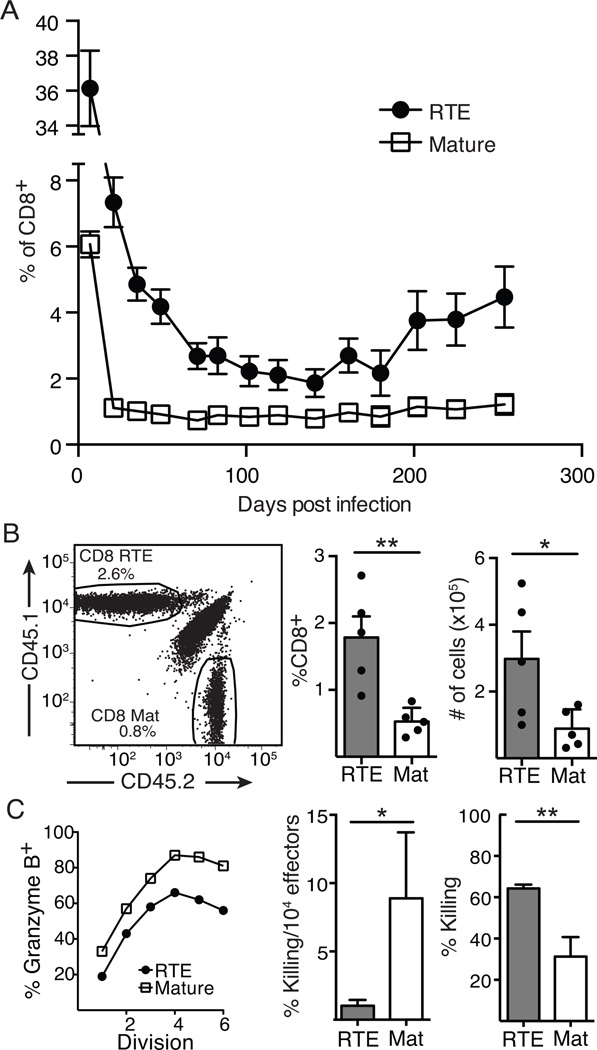Figure 1. Greater burst size, distinct contraction kinetics, and decreased per responder killing capacity characterize the RTE response to Listeria infection.
A and B: 5x103 each of OT-I TCR Tg RTEs and MN T cells were co-transferred into congenic hosts that were infected the following day with Lm.OVA. A) Blood was analyzed on days 7, 21, 28, 35, 71, 83, 102, 119, 141, 161, 180, 202, 225, and 254 post-infection to determine the percent of CD8+ T cells comprised of each donor population. Data are presented as mean ± SEM and compiled from 4 independent transfers; n=6–21. For all time points, p values vary from < 0.01 to <0.0001 by paired Student’s t test. B) Spleen cells were analyzed on d60 post-infection. Representative congenic marker gating on CD8+ T cells (left) and proportion (middle) and absolute number (right) of RTE-derived and mature (Mat) T cells. Data are presented as mean ± SEM and compiled from 2 independent experiments; n=5. C) Left panel: 106 each of OT-I TCR Tg RTEs and MN T cells were labeled with CFSE and co-transferred into congenic hosts that were infected the next day with Lm.OVA and 5 days later, granzyme B expression in donor-derived splenocytes was determined as a function of the number of divisions. Data are from cells from 1 of 3 representative mice. Middle and right panels: 3x103 OT-I TCR Tg RTEs or MN T cells were transferred into separate congenic hosts that were infected the following day with Lm.OVA, and 7 days later, 106 CFSEhi peptide-pulsed and CFSElo unpulsed splenocytes were transferred i.v. Percent target cell killing was determined 1 hour later in the spleen for RTE and mature effectors (right). At the same time point, target cell killing was normalized to the number of splenic OT-I Tg effectors (middle). Data are presented as mean ± SD from one of two representative experiments, analyzed using unpaired Student’s t test.

